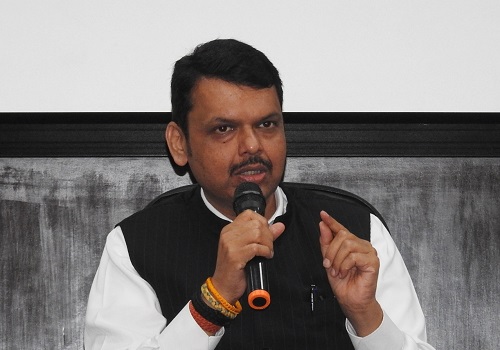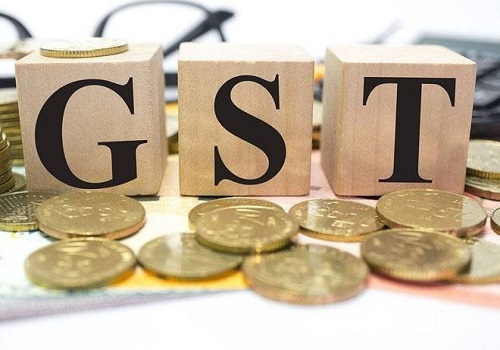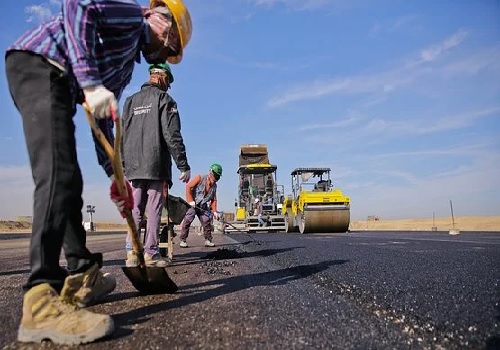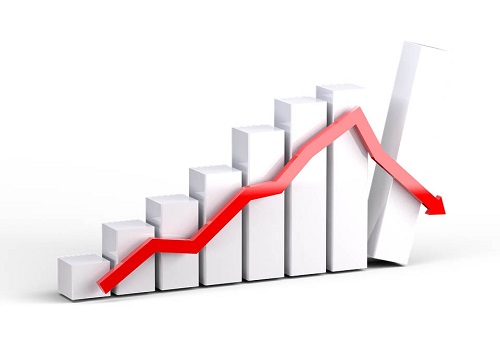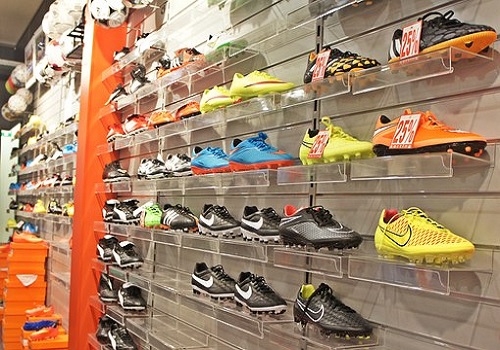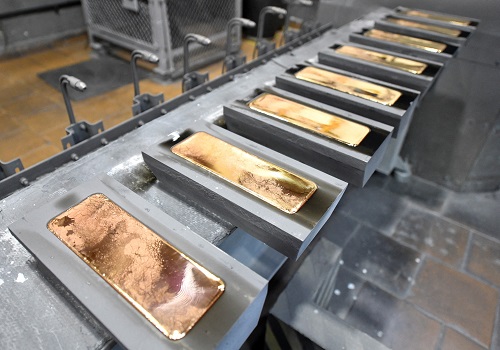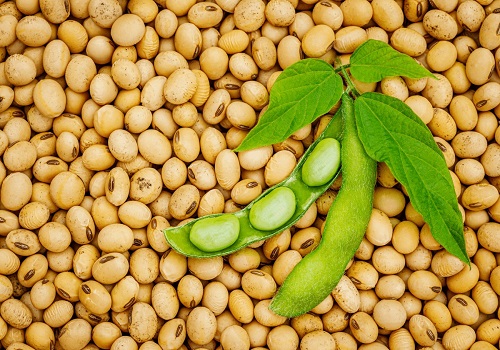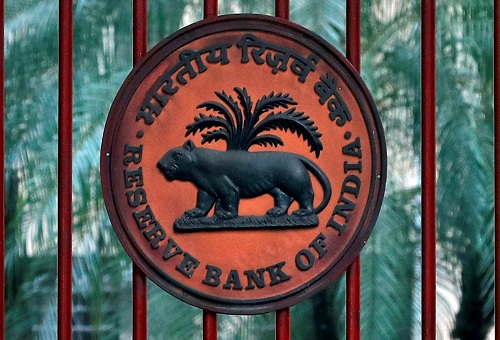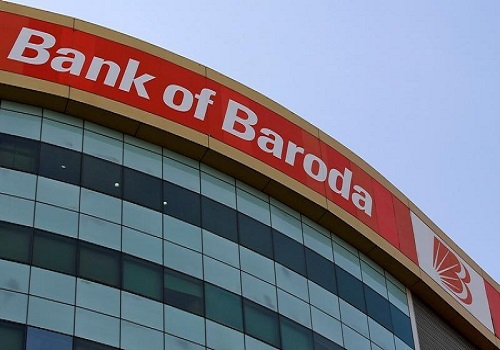Securitisation volume growth slows to 8% in Q3FY22: Crisil Ratings
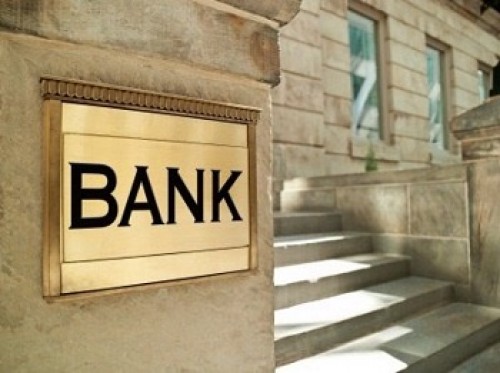
Follow us Now on Telegram ! Get daily 10 - 12 important updates on Business, Finance and Investment. Join our Telegram Channel
Crisil Ratings in its latest report has said that securitisation volume growth slowed to around 8 percent on year to Rs 29,000 crore in the quarter ended December 31, 2021 (Q3FY22), on higher risk aversion amid the third wave of COVID-19. It noted that the uncertainty around Covid-19's third wave (including the omicron variant) resulted in many deals under active negotiation remaining unexecuted towards the end of the quarter. It also said the cumulative value of deals executed in the first nine months of this fiscal stood at approximately Rs 80,000 crore, or close to 65 per cent higher on-year basis.
According to the report, prominent investing segments such as public and private sector banks preferred the relatively more resilient mortgage asset class. This is reflected in mortgage-backed securitisation (MBS) assets comprising 43 per cent of the overall quarterly volume. In the asset-backed securitisation (ABS) category, commercial vehicle (CV)-backed loans were dominant, buoyed by past trends indicating a lower impact from short-term disruptions caused by restrictions on movement of goods and people. Transactions with underlying CV loans comprised 39 per cent of the overall quarterly volume.
The report further said securitisation has been a major tool of fund mobilization for non-banking financial companies (NBFCs) since the credit cliff event of September 2018. However, it said the pandemic brought about a benign regulatory environment in fiscal 2021, which provided alternatives to funding access for NBFCs, reducing the dependence of many entities in the securitization segment. Accordingly, the proportion of securitization flows for the entities fell back to around 23 per cent of the annual disbursement.



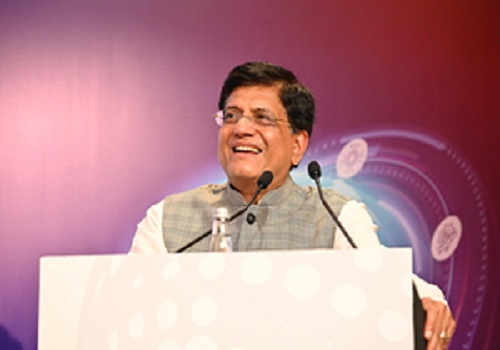

.jpg)








